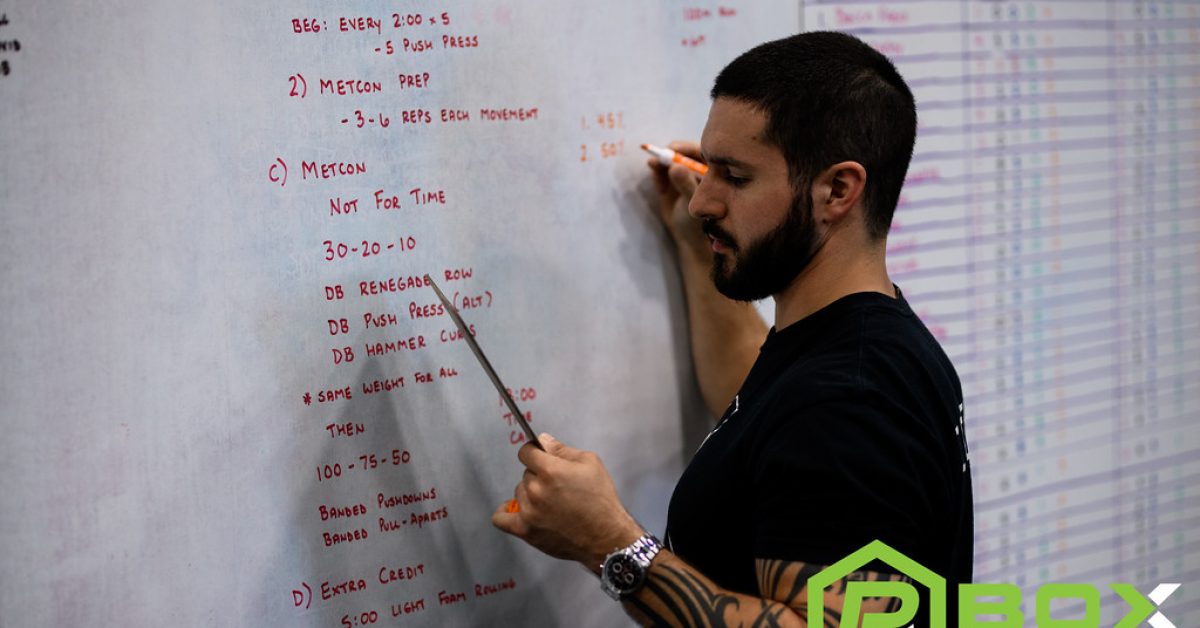Random program design leads to random results. It’s really that simple. When program design is not structured and there is not a template in place, it’s nearly impossible to figure out what is working for your clients.
This is one of the drawbacks of many group programs. There is no long-term plan that factors in volume or intensity, nor are there logical testing timelines to measure actual progress.
I often see gym owners concerned with satisfying everyone. We should put that one to bed because in reality we should be concerned with the “greater good”. Just as we measure our clients’ success with metrics, the number of people happy with our programming should be measured the same way.
Measure results off of lack of injuries and longterm success
Everyone will get results, but the question is for how long? Programs like P90x and Insanity all work great, no knock there. The question is, how long will they work and who will they work for? The answer is dependent on many factors, but cannot be definitively answered.
Measuring the effectiveness of our programming objectively, we need to take into consideration things like feedback in terms of how are our clients are feeling, and looking at the continued results (or lack of results) with longterm clients and clients with higher training ages.
In terms of measuring how our clients are feeling, that is an integral part of the job of being a coach. Connecting with your clients, asking them how they feel, can go a long way.
What does work
Having a consistent training template allows you to evaluate what is working and what is not working. It also affords you the ability to manage volume/intensity.
To be honest, hearing about athletes becoming “tired of doing CrossFit” pisses me off. Most aren’t tired of doing CrossFit; they are tired because they are OVERTRAINED!
Losing motivation to train is a telltale sign your CNS is burned out. You’ll invariably lose these clients and they may never train at a box again.
Training Templates
There are a lot of things to consider when writing a template for group programming, but one of them shouldn’t be “how infrequently do certain athletes come to my facility” or, “random pieces pulled out of a hat”.
There are many great benefits to having structure, and by doing so we ensure our most committed athletes are not running the risk of overtraining or incurring an overuse injury. In fact, you’d be hard-pressed to find any high-level coach that doesn’t follow some type of template, even in a group setting.
Here’s why you should consider adopting a template:
- Evaluation tool: Again, it’s nearly impossible to collect legitimate data if you have no structure to your program design. With a consistent template, you can measure things like how your clients are feeling, their results (or lack of results), as well as manage intensity and movement patterns.
- The greater good: Your most committed clients will not only be getting the best results, but they will also have the most to say about the efficacy of your service. Their friends and family may have noticed the changes they’ve made to their body since beginning their training with you. Someone that trains 1-2x a week will just not have the same results. It’s that simple.
- Training Frequency: There are many factors involved as to why your clients get or do not get results, but eventually, most of your clients will need to train more frequently to simply keep up with the adaptations their body makes while adjusting to the stress of training. It’s no different than doing the same training plan for months at a time; if you don’t have variety in your training, it’s inevitable that you’ll adapt. The same holds true for training frequency.
- Random vs. Set Templates: If you rotate your template (days you perform certain strength work, skill work, energy systems work, etc.) you’ll do your most committed clients a disservice. Again, these are the clients we are basing our service around, and the last thing we want to do is injure one of them. I get it, people have lives and commitments and may not be able to make it the gym on certain days, but I firmly believe that people will make time for things that are important.
- Longevity: Random programming is not a long-term plan. There needs to be some consistency with modalities to make consistent progress. Of course, we know that everyone makes progress with something new in the beginning, but what we are really going for is progress consistently for years after signing up at your facility. Having a systematic and consistent plan ensures that your programming is well-rounded.
At the end of the day, being consistent with all things in your business will serve you well. Your programming should be no different. In a world where there is a myriad of inconsistency giving your clients something, they can depend on goes a long way. More importantly, consistency increases your chances of success in terms of lack of injury and continued progress.
The notion of training for a lifetime is certainly possible, but not if random events are thrown into your clients’ program design for the sake of being “prepared”. Of course, random events from time to time are okay, but those “random” events should be accounted for in your overall plan.



